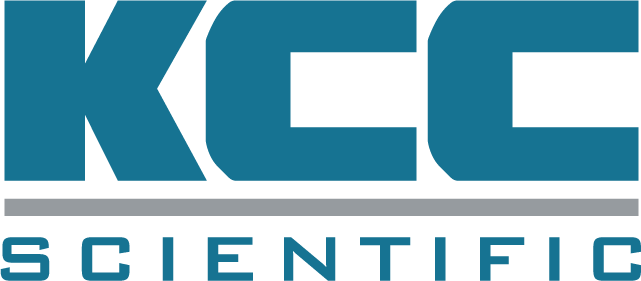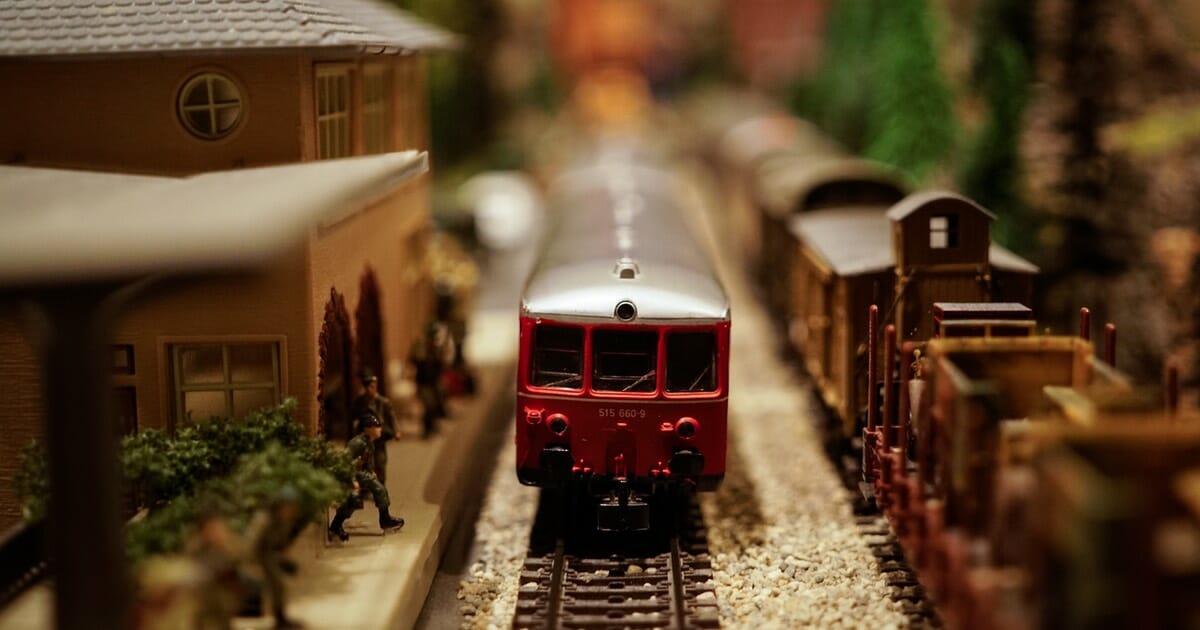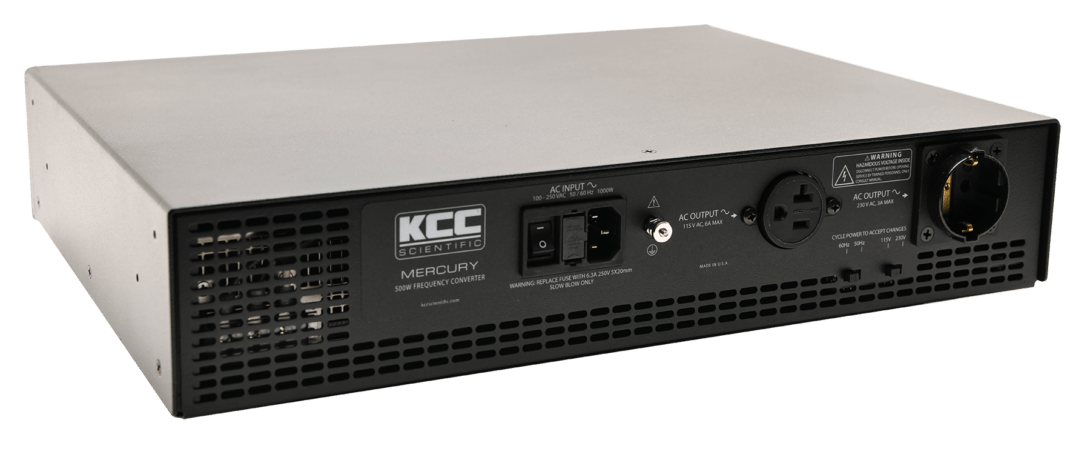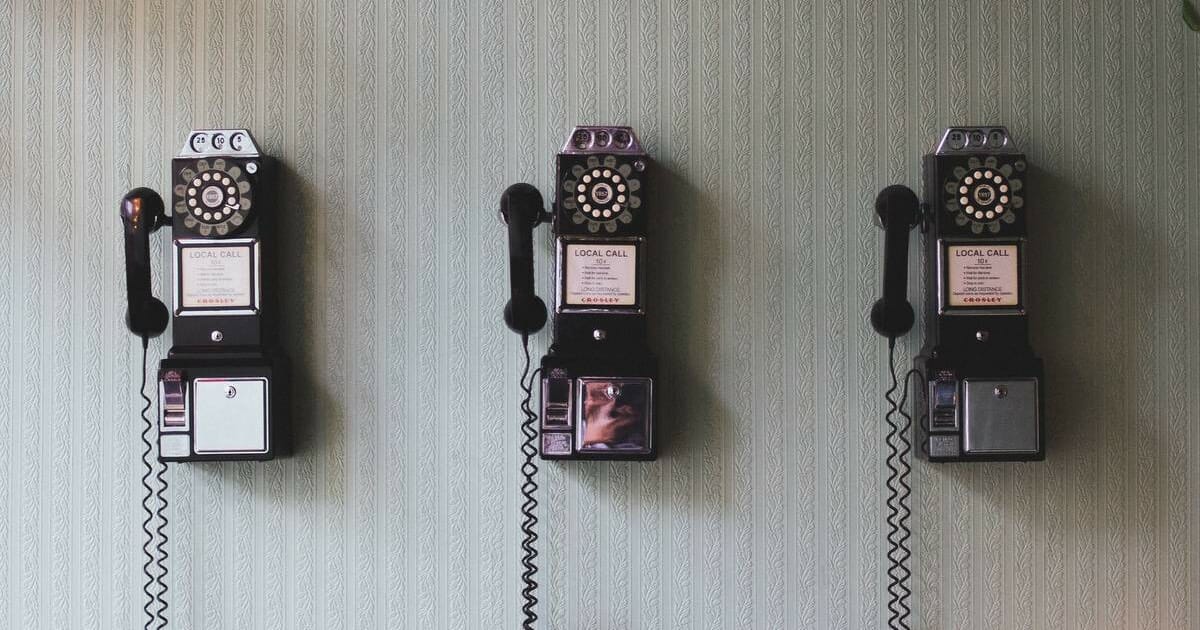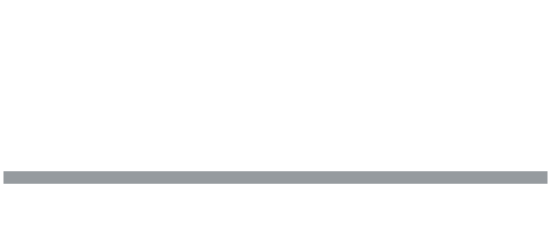Ken Reindel, February 15, 2019
When I was a child, I remember going up into the attic of our home, where my dad and brothers were building incredible Lionel model railroad “systems” (for lack of a better word) complete with Type-ZW transformer, whistling locomotives, bridges, multiple levels, and every manner of landscape imaginable. It was a world onto itself.
Years later, I remember taking my kids to local meets where we saw first hand others’ creations–a canvas of beautiful cars, custom-weathered locomotives, endless feet of track winding through a world of painted architectures. Along with that were the large “Multi-Control” transformers to power trains, smokestacks, whistles, lights and other accessories.
You wouldn’t think to ask about the cost of such cities. But I knew–just based on the cost of the displayed components you mentally added up walking the show floor–that folks were spending 10’s of thousands of dollars to delve into these worlds. And based on what we observed walking through our local Rocky Mountain Train Show this year, it is only on the up tick!
It turns out that this wonderful hobby isn’t limited to the USA, even though most of the electrical equipment (and certainly the vintage equipment) was built around 115V AC 60Hz mains power line frequency. What do folks in the UK, Australia, New Zealand and other parts of the 230V AC 50Hz world do to power model trains?
It can actually get rather complex. A model railroad train set designed for use in the United States will have a 115V AC 60Hz power requirement. If the system’s train transformer is run in Europe with a step-down transformer alone (converting only voltage from 230V to 115V AC at a 50 Hz), it may not operate as intended. The transformer, when operated at the lower frequency, may begin to “saturate.” To compensate for this, it’s often recommended that the voltage into the train transformer be lowered perhaps 20% (to about 95V AC or so). Unfortunately, this leaves insufficient output voltage and power to drive the locomotive and accessories, leading to numerous malfunctions. On the other hand, if this recommendation is ignored, eventually the transformer may overheat due to operating at 50Hz instead of 60Hz. The step-down transformer alone, which only converts voltage, will be insufficient.
Of course, as in any hobby market, there will be endless debate over using cheap Chinese inverters to do the job. We have a fairly extensive analysis of what needs to be considered if you wish to try the DIY sine wave inverter solution. Proceed with caution if you think this is a viable solution for your $10K+ investment! Meanwhile, it seems KCC Scientific frequency converters may just be perfect for this application:
>Our products can convert 50Hz to 60Hz, and 230V AC to 115V AC as well as vice versa–all in one integrated setup.
>Our Thor and Hercules products are designed, fully integrated, tested and qualified to drive a large variety of loads (and model trains represent highly variable loads!).
>KCC products are warranted for 2 years. If you have trouble, we have the best customer service in the business. Good luck getting any service from a Chinese inverter company.
>The power requirements of these model trains compare very well with our Thor and Hercules product offerings.
Most importantly, you don’t have to give up voltage or power delivered to your prized model railroad components with KCC Scientific products.
